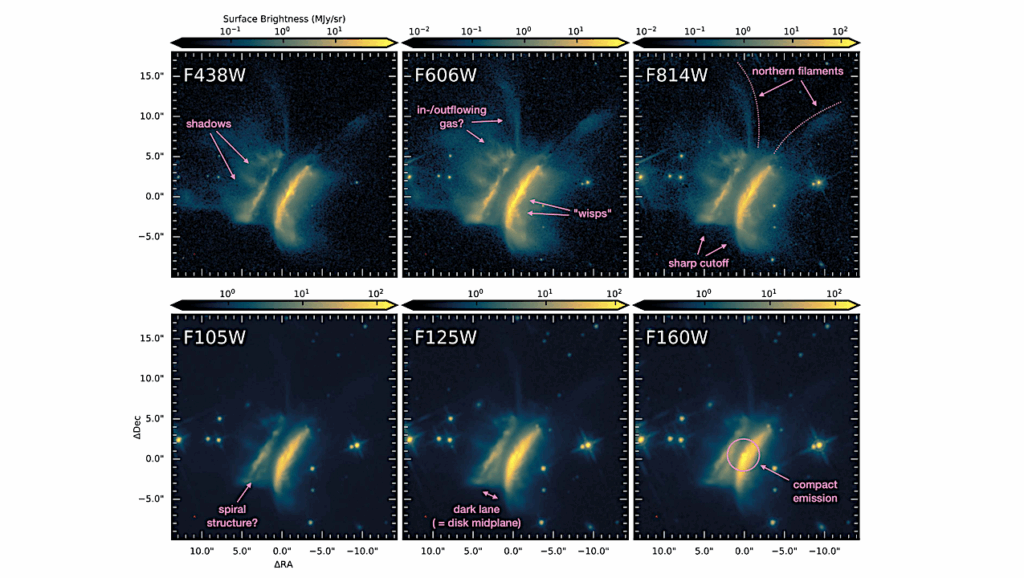A 4-8 GHz Galactic Center Search for Periodic Technosignatures

Radio searches for extraterrestrial intelligence have mainly targeted the discovery of narrowband continuous-wave beacons and artificially dispersed broadband bursts.
Periodic pulse trains, in comparison to the above technosignature morphologies, offer an energetically efficient means of interstellar transmission. A rotating beacon at the Galactic Center (GC), in particular, would be highly advantageous for galaxy-wide communications.
Here, we present blipss, a CPU-based open-source software that uses a fast folding algorithm (FFA) to uncover channel-wide periodic signals in radio dynamic spectra. Running blipss on 4.5 hours of 4-8 GHz data gathered with the Robert C. Byrd Green Bank Telescope, we searched the central 6′ of our Galaxy for kHz-wide signals with periods between 11-100 s and duty cycles (δ) between 10-50%. Our searches, to our knowledge, constitute the first FFA exploration for periodic alien technosignatures. We report a non-detection of channel-wide periodic signals in our data.
Thus, we constrain the abundance of 4-8 GHz extraterrestrial transmitters of kHz-wide periodic pulsed signals to fewer than one in about 600,000 stars at the GC above a 7σ equivalent isotropic radiated power of ≈2×1018 W at δ≃10%. From an astrophysics standpoint, blipss, with its utilization of a per-channel FFA, can enable the discovery of signals with exotic radio frequency sweeps departing from the standard cold plasma dispersion law.
Akshay Suresh, Vishal Gajjar, Pranav Nagarajan, Sofia Z. Sheikh, Andrew P. V. Siemion, Matt Lebofsky, David H. E. MacMahon, Danny C. Price, Steve Croft
Comments: 20 pages, 11 figures, published in AJ, in press (this http URL)
Subjects: Instrumentation and Methods for Astrophysics (astro-ph.IM); High Energy Astrophysical Phenomena (astro-ph.HE)
Cite as: arXiv:2305.18527 [astro-ph.IM] (or arXiv:2305.18527v1 [astro-ph.IM] for this version)
Related DOI:
https://doi.org/10.3847/1538-3881/acccf0
Focus to learn more
Submission history
From: Akshay Suresh
[v1] Mon, 29 May 2023 18:00:11 UTC (1,825 KB)
https://arxiv.org/abs/2305.18527
Astrobiology, SETI








